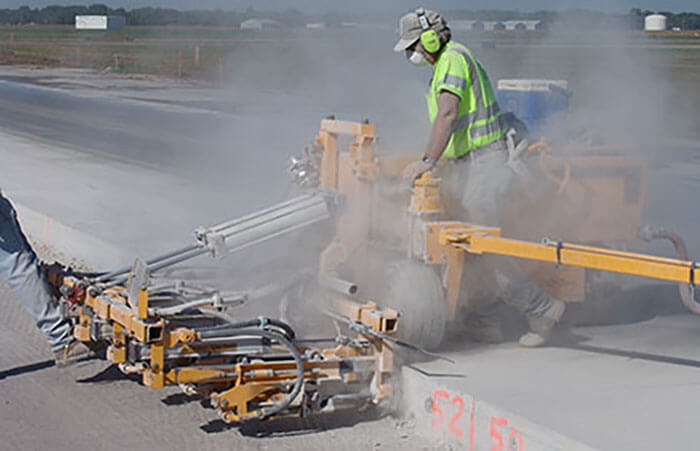- Log in
- Favorites List
-
Shopping Cart
You have no items in your shopping cart.
Enforcement Date Fast Approaching for Silica Final Rule for Construction

The count-down is on, with just one month to go until September 23, when OSHA begins enforcement of the Silica Final Rule, Occupational Exposure to Respirable Crystalline Silica, after a three-month postponement.
An updated version of the Small Entity Compliance Guide for the Respirable Crystalline Silica Standard for Construction is available on OSHA’s website. This comprehensive guide contains information and guidance for construction employers on the scope of the standard, requirements for protecting employees, control methods, medical surveillance, a written exposure control plan, recordkeeping, and more.
In this guide, Respirable Crystalline Silica is defined as follows:
Crystalline silica is a common mineral found in many naturally occurring and man-made materials used at construction sites. Materials like sand, concrete, brick, block, stone, and mortar contain crystalline silica. Amorphous silica, such as silica gel, is not crystalline silica.
Respirable crystalline silica – very small particles typically at least 100 times smaller than ordinary sand found on beaches or playgrounds – is generated by high-energy operations like cutting, sawing, grinding, drilling, and crushing stone, rock, concrete, brick, block, and mortar, or when abrasive blasting with sand.
The agency has also posted a useful table on Specified Exposure Control Methods which indicates engineering controls, work practices, and respiratory protection that employers must implement in accordance with the final rule.
Gilson’s blog post from April 2017, Steps to Reduce Nuisance Dust & Silica Exposure, discusses protective measures specific to construction materials testing. In addition, the Centers for Disease Control is spotlighting a new feature, Preventing Silicosis, that offers best practices and other solutions for construction workplace employers. Construction Dive Magazine also posted an article with useful information on what contractors need to know about the rule.
Finally, bear in mind that individual states may also have standards for workplace health and safety, and these can regulate standards and enforcement beyond what OSHA requires at the federal level. You can learn more about your state’s regulations here.


















